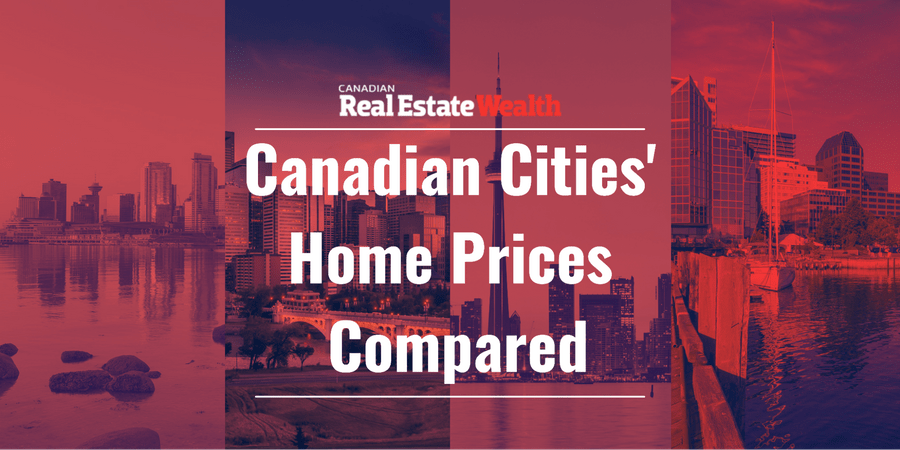Last Updated on October 24, 2023 by Neil Sharma
Condo insurance rates in Alberta, British Columbia and Ontario, which have already risen substantially, are expected to keep rising, according to a report from LowestRates.ca.
In the first quarter of 2021, condo insurance premiums shot up 27% in B.C., 16% in Alberta and 9% in Ontario compared to the same quarter in 2020, but in the former’s case, the problem appears tied to the dearth of insurance providers in the province. Although the B.C. government has introduced policies designed to bring more competition into the space, the insurance industry moves in 12-18 month cycles, so there appears to be little relief on the immediate horizon. In Toronto, which LowestRates.ca called “condo-centric,” mounting condo insurance rates are a growing problem.
Additionally, the report noted that home insurance premiums declined in Q1-2021 from the same period last year—rates fell by 12% year-over-year in B.C., 6% in Alberta and 1% in Ontario—because, with more people working from home, there were fewer incidents of home damage. However, that could change in the near future as weather becomes increasingly unpredictable.
“A lot of losses happen when people aren’t home,” said Justin Thouin, co-founder of LowestRates.ca. “Fire or water damage happens when people aren’t home, or the damage is more extensive when they aren’t there. There are fewer of those losses.
“A large part of property insurance is catastrophic events,” continued Thouin. “When we see fewer of those, you should see a downward pressure on rates. However, climate experts are predicting that climate change will increasingly make weather even more extreme or unpredictable in parts of the country. In the coming decades you might see areas that may have been relatively safe from disasters, such as flooding, now are prone to flooding.”
Another reason those savings could erode in the near future has to do with material and labour cost inflation.
“The biggest factor behind insurance rates is replacement costs, and those costs are factored into your insurance policy,” said Thouin. “If the cost of lumber or labour goes up, theoretically, the cost of repairing or replacing your house will go up in some proportion.”
The report went on to explain that, according to the Property and Casualty Insurance Compensation Corporation, 2020 was the insurance industry’s lowest level of profitability since 2001, but profits rose by 87.5% in the first quarter of this year.
Neil Sharma is the Editor-In-Chief of Canadian Real Estate Wealth and Real Estate Professional. As a journalist, he has covered Canada’s housing market for the Toronto Star, Toronto Sun, National Post, and other publications, specializing in everything from market trends to mortgage and investment advice. He can be reached at neil@crewmedia.ca.









